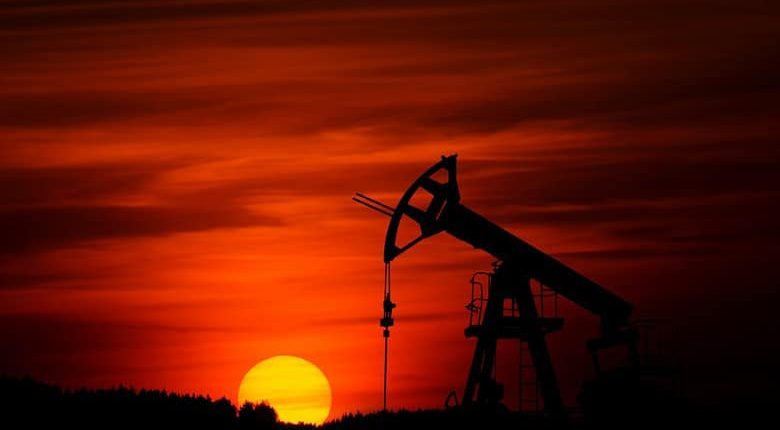The world’s top energy authority has predicted that the global oil demand is set to reach an all-time high of 101.9 million barrels per day this year, driven by a rapid economic growth in developing countries, particularly China.
The International Energy Agency (IEA) has forecasted a daily average of 2 million barrels per day (bpd) higher for 2023 compared to last year’s estimate. As a result, the price of a barrel of oil increased from $85.62 to $86.10 on Friday morning following the release of the IEA report.
The IEA cautioned that the recent move by major oil-producing nations to lower their production levels may result in a surge in oil prices, which would negatively impact attempts to curb inflation and stabilize economic growth in developed nations.
The agency expressed concern that this development could hinder the global economic recovery, as consumers facing higher prices for essential goods would have to stretch their budgets even further.
Earlier this month, the oil market witnessed a surge in prices by $7 per barrel, following the decision by OPEC, headed by Saudi Arabia, and other oil-producing countries, led by Russia, to deepen their production cuts by 2 million barrels per day, despite apprehensions regarding a potential rise in demand due to China’s economic recovery.
Western leaders have expressed displeasure at the decision as increased oil prices would create obstacles for major economies to achieve growth and offer additional revenue for the Kremlin while it wages war against Ukraine.
The projected surge in worldwide oil demand has disappointed climate advocates who believed that the Covid-19 pandemic had accelerated the decline of the world’s growing oil consumption.
Last year, energy analysts, including those employed by BP, anticipated that the effects of the pandemic would permanently suppress oil demand, leading to a possible absolute decline in modern history.
BP CEO Bernard Looney initially stated that the company must adopt a low-carbon future and aimed to reduce oil and gas production by 40% by 2030. However, the CEO later revised the target to a 25% reduction.






